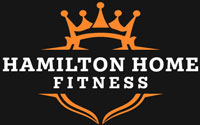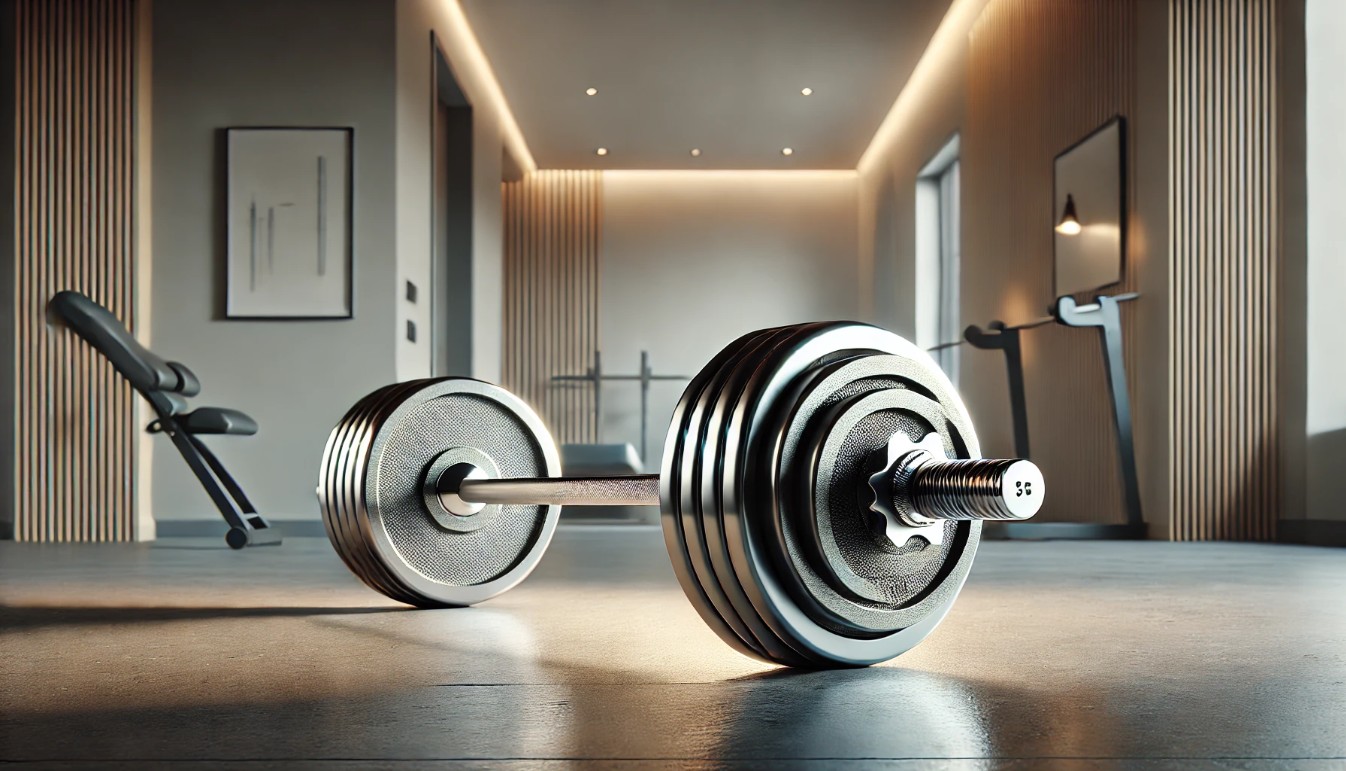Building a home gym is one of the most empowering decisions you can make for your health and fitness. But before you dive into lifting heavy weights or performing squats, one piece of equipment that stands out as an essential investment is the barbell. Whether you're a seasoned powerlifter or a beginner aiming to get stronger, choosing the best barbell for your home gym is crucial for both safety and performance.
In this guide, we’ll break down everything you need to know to make an informed decision about which barbell is best suited for your goals, space, and budget. From materials and specifications to brands and features, we’ll cover all the key factors to ensure that your home gym is equipped with the best tools for success.
By the end of this article, you'll have the knowledge and confidence to select a high-quality barbell that meets your fitness needs. So, let’s dive into the world of barbells!
1. Understanding Barbell Types: Which One Is Right for You?
Before you can choose the perfect barbell, it’s important to understand the different types available on the market. Each type serves a unique purpose, so knowing the distinctions will help you pick the best barbell based on your fitness goals.
Olympic Barbells
Olympic barbells are the most common type of barbell used in most gyms and competitions. These barbells have a standard length of 7 feet and are designed to withstand heavy loads. They are primarily used for Olympic weightlifting exercises such as snatches, clean and jerks, and squats.
- Features: 2-inch diameter sleeve, 28mm-29mm grip diameter, typically weighs 20kg (44lbs) for men and 15kg (33lbs) for women.
- Best for: Powerlifting, Olympic weightlifting, and general strength training.
Powerlifting Barbells
Powerlifting barbells are designed specifically for squats, deadlifts, and bench presses. These barbells are made to handle very heavy weights, often used in powerlifting competitions.
- Features: A thicker shaft (29mm), a stiffer design, and aggressive knurling for a better grip.
- Best for: Powerlifters who focus on heavy squats, deadlifts, and bench presses.
Training or All-Purpose Barbells
Training barbells are more versatile than Olympic or powerlifting barbells and can be used for a variety of exercises. They often feature a more flexible design and can handle moderate loads, making them ideal for general strength training and conditioning.
- Features: Typically lighter in weight (15kg or less), a smaller sleeve diameter (1.8 inches), and softer knurling.
- Best for: General fitness enthusiasts, home gyms, or beginners.
Specialty Barbells
Specialty barbells include items such as hex (trap) bars, curl bars, and safety squat bars. These are designed for specific exercises or to reduce strain on certain joints. For example, the hex bar reduces pressure on the lower back during deadlifts.
- Features: Custom shapes and unique features like angled grips, curved bars, or different load distributions.
- Best for: Targeted exercises or joint protection.
2. Factors to Consider When Choosing a Barbell for Your Home Gym
Now that you understand the different types of barbells, let’s explore the key factors to consider when selecting the right one for your needs.
Weight Capacity
When choosing a barbell, it’s essential to assess how much weight you plan on lifting. Different barbells have varying weight capacities, and you want to ensure that your chosen barbell can handle your lifting goals.
- General Guidelines:
- Light Duty: Up to 300-400 lbs of weight.
- Medium Duty: 400-700 lbs.
- Heavy Duty: 700+ lbs.
If you're planning on lifting heavy weights, a barbell with a higher weight capacity (e.g., 1,000 lbs or more) is essential to ensure durability and safety.
Material and Build Quality
The material and construction of the barbell significantly impact its performance, longevity, and price. Here are the primary materials to consider:
- Steel: The most common material used in high-quality barbells. Steel bars are durable and can handle heavy loads.
- Chrome-plated Steel: Offers added corrosion resistance, but may not be as durable as raw steel.
- Cerakote-Coated Steel: Cerakote is a type of coating that offers a sleek finish and corrosion resistance. It is perfect for those who want a more durable, aesthetic option.
- Alloy Steel: A mix of steel and other metals, making it highly durable and resistant to bending.
When purchasing a barbell, ensure it’s made from high-quality steel or an alloy that ensures maximum strength and minimal risk of bending over time.
Knurling: Grip Matters
Knurling refers to the textured pattern on the barbell shaft. The type and depth of the knurling are critical for providing grip, especially when lifting heavy loads.
- Aggressive Knurling: Provides a better grip and is ideal for powerlifters and Olympic lifters.
- Mild Knurling: More comfortable for general fitness users or beginners, as it’s less abrasive on the hands.
- Center Knurling: Found on most Olympic barbells, it helps prevent the bar from slipping when performing exercises like squats.
For beginners or those who will be lifting moderate weights, mild or standard knurling should suffice. However, if you're serious about lifting heavy, aggressive knurling will offer better security.
Sleeve Length and Diameter
Barbell sleeves are the sections of the barbell where the weights are loaded. The length and diameter of the sleeves are important for determining the amount of weight you can load onto the bar.
- Standard Length: Olympic barbells typically feature a 7-foot long bar with a sleeve length of about 16 inches.
- Diameter: The sleeve diameter should match your weight plates. Standard Olympic plates have a 2-inch diameter hole, while standard plates typically have a 1-inch diameter hole.
Be sure to check the compatibility of the sleeves with your weight plates before purchasing a barbell.
Barbell Flexibility and Whip
Barbell flexibility, often referred to as "whip," is the ability of a barbell to bend under load. This feature is particularly important for Olympic weightlifters who require a barbell with some flex to perform lifts like the snatch and clean & jerk.
- Stiff Barbells: Powerlifters prefer a stiffer bar that doesn’t flex much under heavy loads.
- Whip Barbells: Preferred by Olympic lifters, these barbells allow for more flexibility when performing explosive lifts.
Assess your lifting style to determine the type of whip or flexibility you need.
3. Budget Considerations
Choosing the best barbell doesn't always mean opting for the most expensive model. While higher-end barbells often offer superior durability and features, there are excellent options available in more affordable price ranges.
If you're on a budget, you can find quality barbells that will serve you well for general strength training. However, if you're lifting at higher weights or plan to train seriously, investing in a premium barbell will provide better long-term value.
Research & Sources
For this guide, we’ve compiled information from reputable sources such as the National Strength and Conditioning Association (NSCA) and other trusted fitness resources. According to a study by the NSCA, selecting the right barbell can significantly improve performance and reduce injury risks, especially for athletes training with heavy loads.
Research has shown that proper grip and knurling, combined with a barbell designed for specific lifting styles (powerlifting vs. Olympic lifting), can improve training outcomes and help athletes perform lifts more efficiently.
FAQ (Frequently Asked Questions)
What’s the difference between a powerlifting barbell and an Olympic barbell?
Powerlifting barbells are designed for strength-focused lifts, offering a stiffer, thicker shaft and aggressive knurling for better grip. Olympic barbells are more flexible to allow for the explosive movements required in Olympic weightlifting, such as the clean and jerk.
Can I use a training barbell for heavy lifting?
While training barbells are versatile and lightweight, they may not be suitable for very heavy lifting. If you plan to lift significant weights, investing in a powerlifting or Olympic barbell with a higher weight capacity and durability is recommended.
What size barbell do I need for my home gym?
The size of the barbell depends on the type of lifts you want to perform. A standard 7-foot Olympic barbell is a great all-around option for most home gyms, but if you plan to focus solely on powerlifting, a powerlifting-specific barbell might be better.
Conclusion
Choosing the best barbell for your home gym is an investment in both your fitness and long-term progress. With so many options available, it’s crucial to focus on the type of barbell that suits your training style, goals, and budget. Whether you're looking for an Olympic barbell for explosive lifts or a powerlifting barbell for heavy training, selecting the right one will elevate your home workouts and help you achieve your fitness goals.
Remember, Hamilton Home Fitness is your trusted partner in providing top-quality barbells and fitness equipment. We prioritize durability, design, and performance to offer you the best equipment for your home gym. Visit Hamilton Home Fitness today to explore our wide selection of barbells and more.
Ready to enhance your strength and performance? Explore our collection and start your fitness journey with Hamilton Home Fitness!






